The Battery Management System (BMS) is an integrated solution that ensures the safe, efficient, and reliable operation of high-voltage battery packs in electric vehicles. It combines the intelligent Battery Management Unit (iBMU) for monitoring and control, the Battery Disconnect Unit (BDU) with Pyro Fuses for rapid and secure isolation, and the Cell Supervising Circuit (CSC) for precise cell balancing and temperature management. Together, these components provide advanced protection, optimize battery performance, and comply with automotive safety standards like ISO 26262 ASIL C, making the BMS essential for modern e-mobility applications.
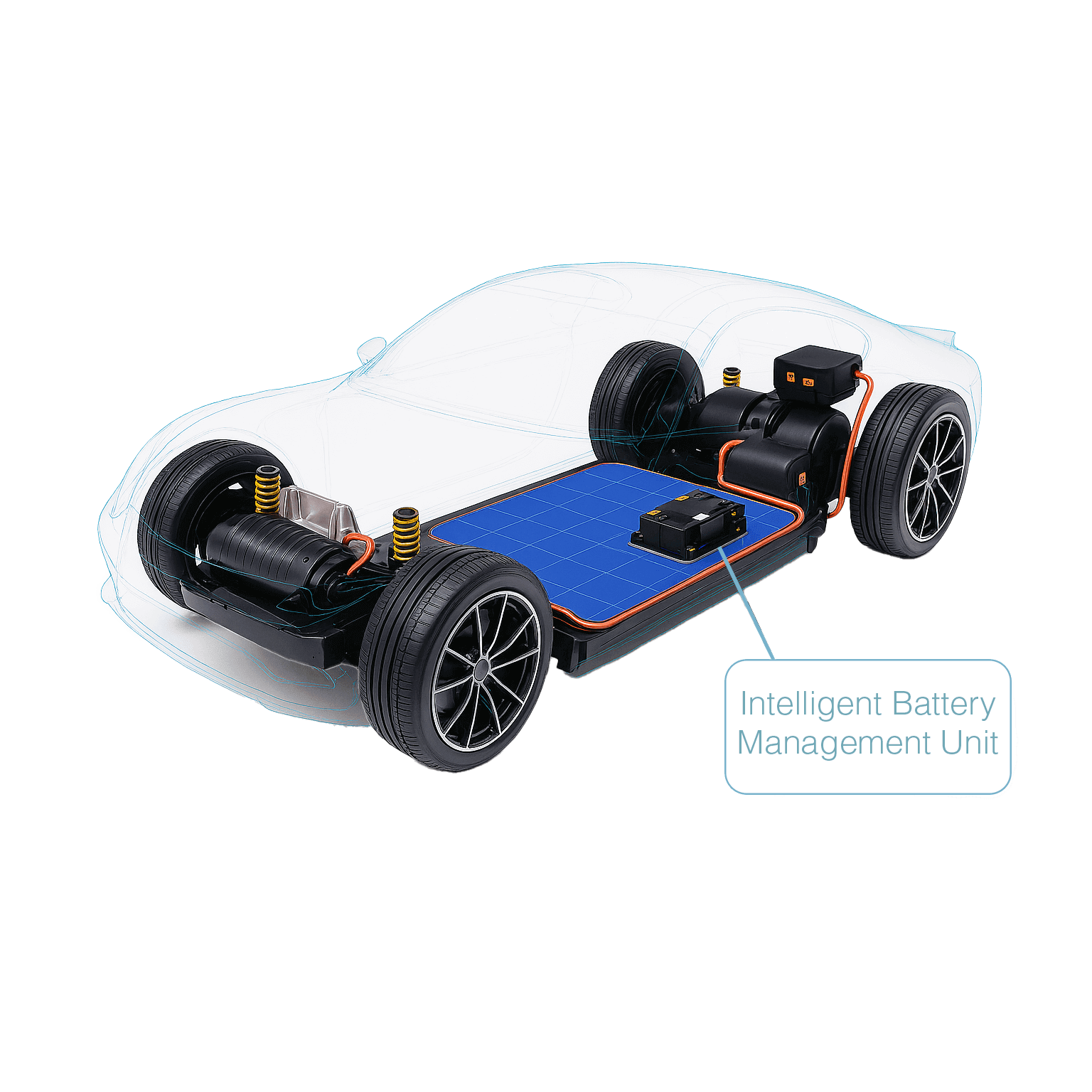
The iBMU manages the connection and disconnection of the battery, monitors cell status, and controls charging and discharging in electric vehicles. It supports high voltages up to 1000V, ensures safety through urgent disconnect functions, and provides real-time monitoring of current, voltage, and temperature. Designed for efficiency and reliability, it meets ISO 26262 ASIL C standards and is suitable for next-generation EV powertrains.
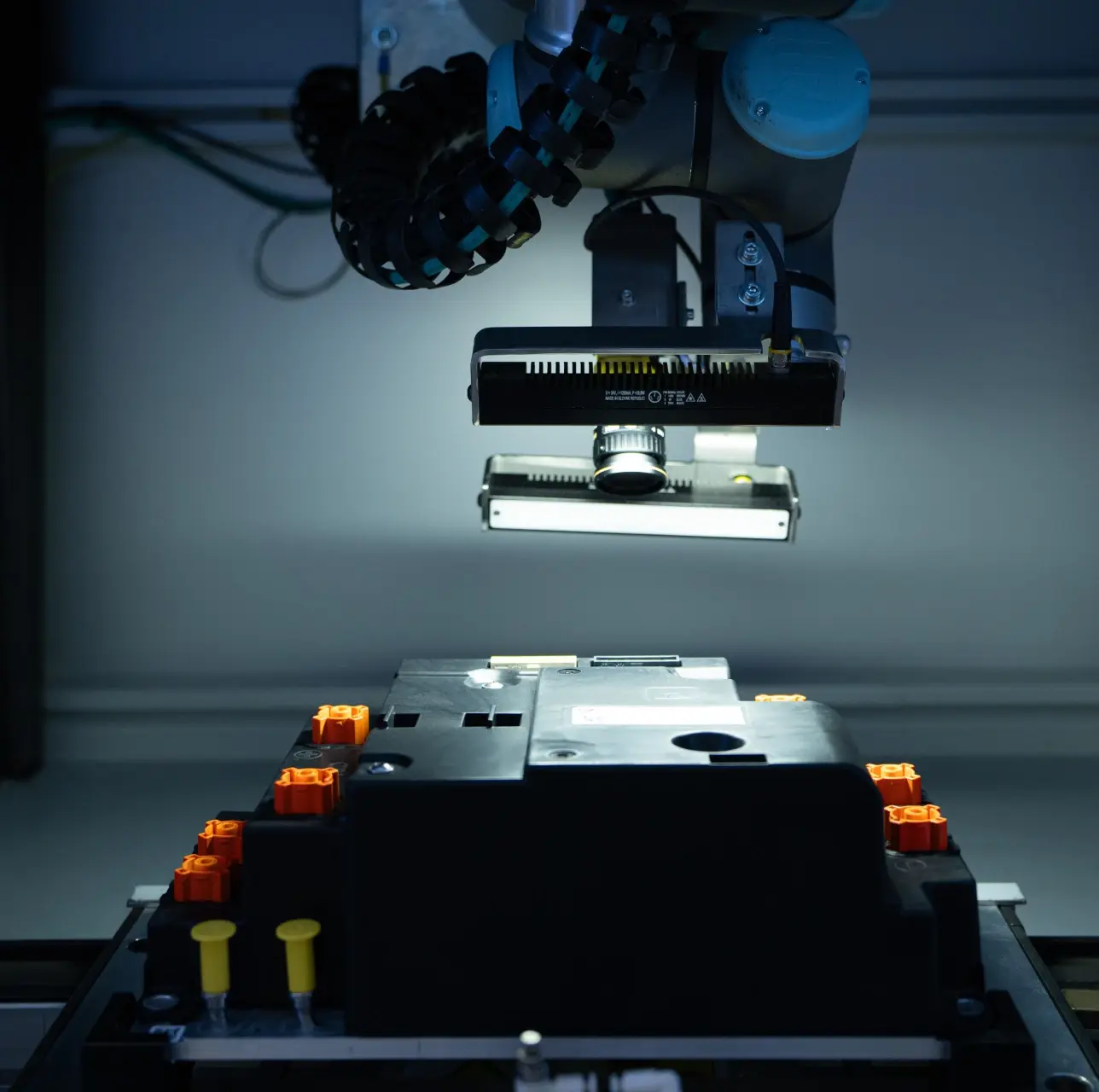
The BDU is responsible for safely disconnecting the battery from the vehicle’s electrical system, especially in emergency situations. It handles high disconnection currents (up to 20kA) and is equipped with Pyro Fuses, which enable rapid and reliable isolation of the battery when needed. This unit is essential for ensuring user safety and protecting the vehicle’s electrical components during faults or maintenance.
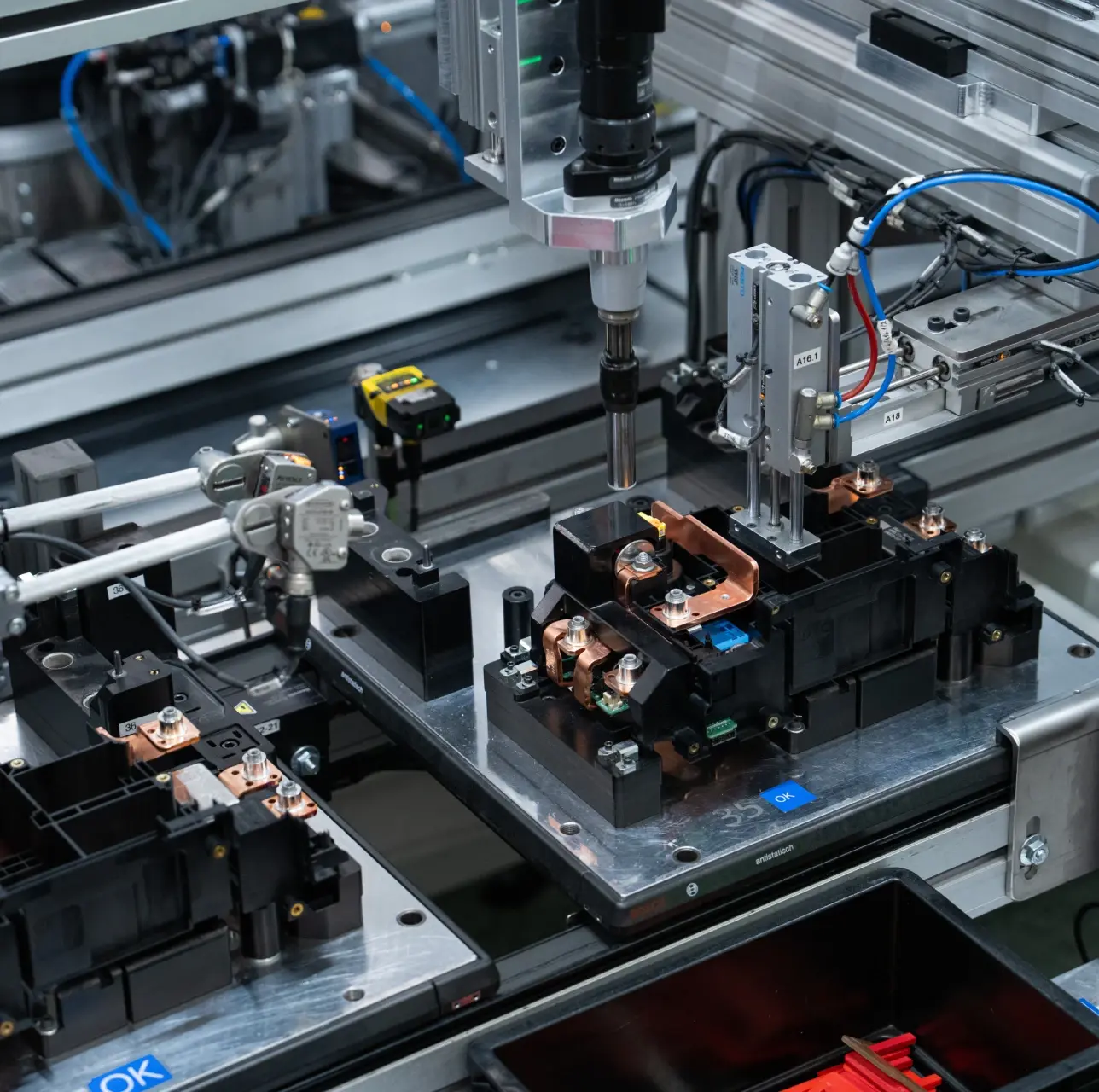
The CSC monitors individual battery cells, balancing their voltage and temperature to optimize performance and longevity. It supports up to 133 cells, provides precise voltage measurement (accuracy of 4 mV over lifetime), and enables passive cooling for efficient operation. The CSC is designed for scalable battery systems and complies with ISO 26262 ASIL C functional safety requirements.
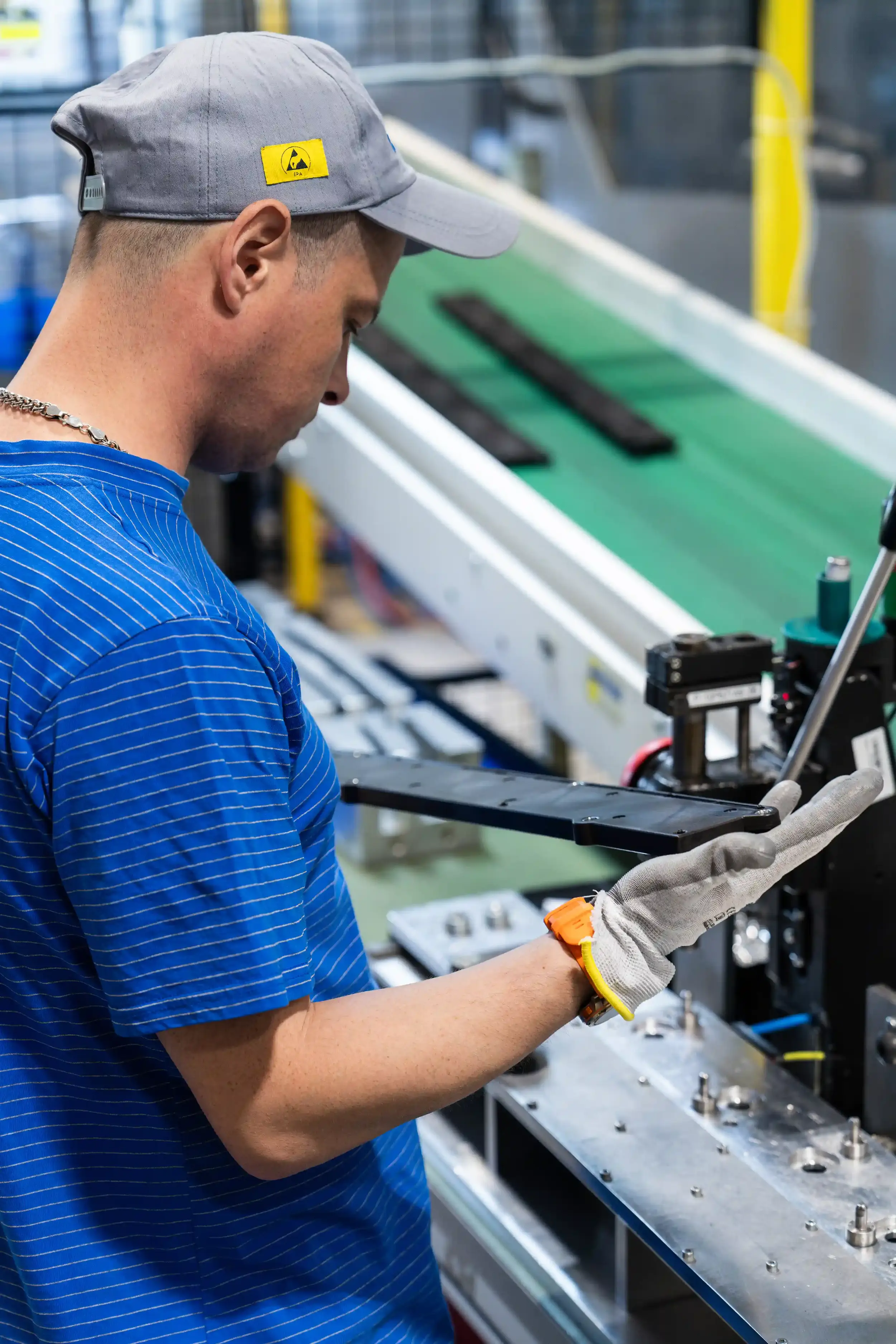
The high-voltage sensor measures current, overcurrent, and insulation resistance in battery systems with exceptional speed and precision. It enables immediate response from the battery management system and supports safety functions up to ASIL D, including fast disconnection via pyroswitch. Thanks to its scalable design, the sensor is flexible for use in electric cars, hybrid and fuel cell vehicles, as well as stationary battery systems.
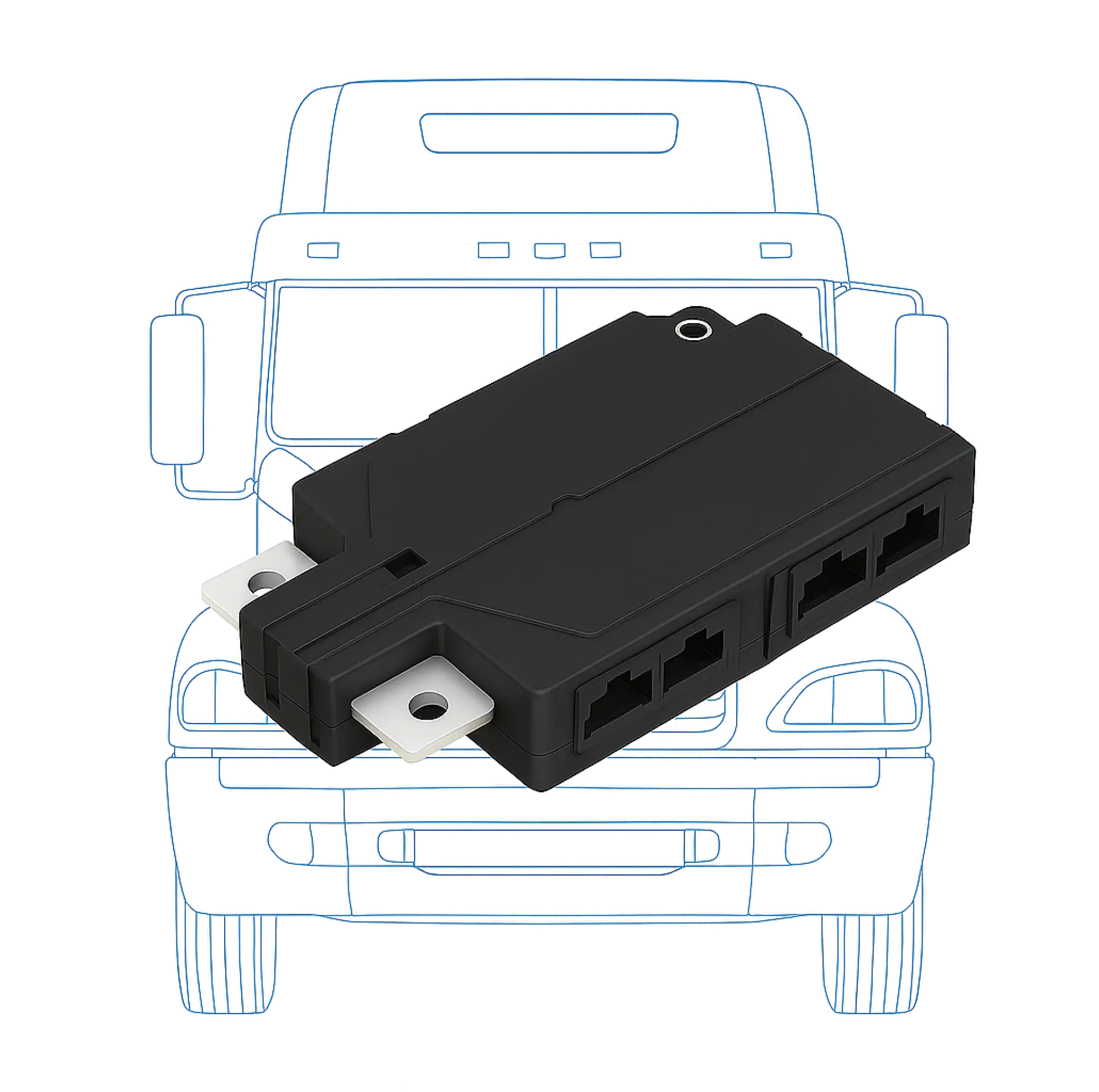

Contact us and let’s shape the energy systems of the future together.